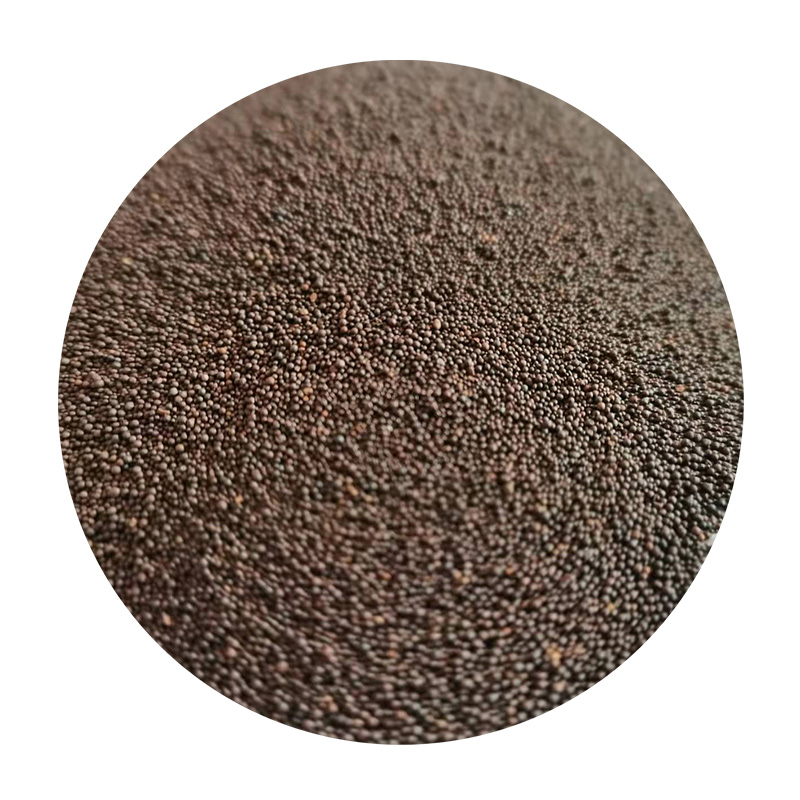3D printing technology has revolutionized various manufacturing processes, and one of the most impactful applications is in the field of sand casting. Sand casting, a traditional method known for its versatility and cost-effectiveness, can significantly benefit from the integration of 3D printing patterns. This combination enhances production efficiency while allowing for greater design flexibility.
Traditionally, creating patterns for sand casting involves labor-intensive processes, including wood or metal machining. These methods can be time-consuming and inflexible, making it challenging to produce complex geometries or rapid prototypes. However, with the advent of 3D printing, manufacturers can design and produce intricate patterns directly from digital models. This innovation reduces lead times considerably and minimizes material waste.
.
Moreover, the customization potential that 3D printing offers is a game changer. For industries that require tailored solutions—such as aerospace, automotive, and medical—3D-printed patterns enable manufacturers to adapt designs quickly to meet specific requirements or to facilitate small-batch production without significant retooling costs. This agility helps businesses stay competitive in a fast-paced market where customer demands evolve rapidly.
3d printing patterns for sand casting

Furthermore, 3D printing patterns can lead to significant cost savings in the sand casting process. The reduction in lead times and the ability to produce on-demand patterns ensure that businesses can respond more quickly to market changes, avoiding excess inventory and associated holding costs. Additionally, the reduced complexity of the casting process can lower labor costs and minimize the chance of defects, leading to an overall more efficient production cycle.
The environmental benefits of 3D printing in sand casting should not be overlooked. Traditional pattern making often leads to excessive scrap and waste, while 3D printing optimizes material usage. This not only contributes to more sustainable manufacturing practices but also aligns with the growing demand for eco-friendly production methods.
In conclusion, the incorporation of 3D printing patterns in sand casting is a transformative approach that enhances production capabilities. By enabling complex designs, offering customization, reducing lead times and costs, and promoting sustainability, this technology is paving the way for a new era in manufacturing. As industries continue to explore the full potential of 3D printing, we can expect to see even more innovative applications that will further drive efficiency and creativity in product development.
Post time:നവം . 07, 2024 02:42
Next:Viktigheten av sandstøping i moderne produksjonsprosesser
